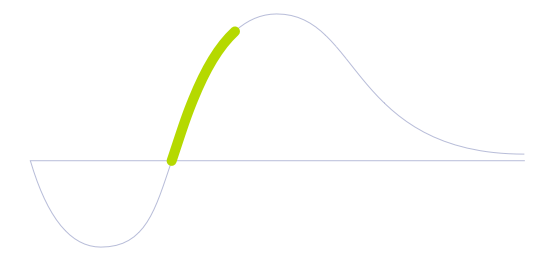AI Assistant

Technology Life Cycle
Marked by a rapid increase in technology adoption and market expansion. Innovations are refined, production costs decrease, and the technology gains widespread acceptance and use.

Technology Readiness Level (TRL)
Technology is operative and demonstrates considerable market competition among manufacturing industries.

Technology Diffusion
Skeptical and adopts technology only after it has become mainstream and the benefits are well proven.

By learning through a variety of inputs, such as online behavioral patterns, previous conversations, habits, and emotional signatures, this personal assistant software lets users augment their cognitive capabilities while dealing with daily tasks, assisting them in every step. AI home assistants are internet-connected and voice-activated; while also being able to communicate with other software embedded in household devices, such as door locks and HVAC systems.
Possible tasks performed by this system range from playing music, answering questions, placing orders, making calls, sending reminders, scheduling appointments, and controlling smart home devices. As these context-aware intelligent AI systems are trained with each user's specific preferences, they will become hyper-personalized, recognizing different vocal tones from different household dwellers with voiceprint identification and adjusting to the personal fondness of each individual.
However there are privacy concerns around AI home assistants in relation to the possibility of these devices being hacked. The intruder could gain control over all home devices, possibly causing a significant amount of damage: overheating the house, turning electronics on or off, unlocking doors, disabling security systems, or even buying products without permission.
Moreover, companies and brands could use the immense amount of sensitive data, gathered by this software, for targeted advertisements based on the user's private information. Furthermore, if a crime takes place within a neighborhood, would the authorities be able to seize recorded information from households legally? These kinds of scenarios raise questions about data ownership, and where to draw a line dividing personal privacy from public security.
Future Perspectives
The next step into modeling effective personal assistants would be to implement emotions into them. Not only should they be able to read emotion cues from their owners, such as body language and voice tone, but also be able to feel emotions themselves, or at least emulate them in a way that looks natural.
Science fiction has long explored artificial intelligence as a human counterpart, being either destructive or complementary. While current AI assistants help users with simple daily tasks, it is expected that soon this software will evolve to offer more complex conversations and even be integrated into the physical world as an avatar. It could take the form of a hologram, robot, or even a digital character, shared across different platforms, including internet-of-things implementations.
Image generated by Envisioning using Midjourney